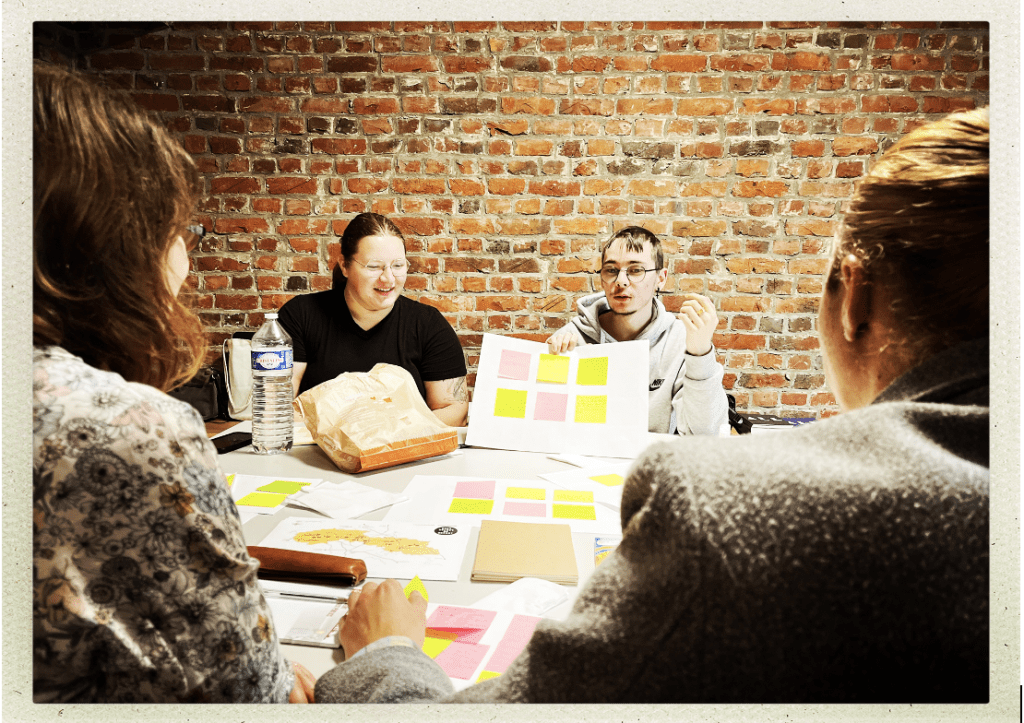Could you introduce yourselves?
Matthieu: I got my electrical baccalaureate in 2021, and I looked for work afterwards. But as I didn’t have any experience, I couldn’t find one and they asked me to go on a training course. My basic hobbies are sport and in the evenings I watch Japanese animation. I joined the CEJ to get help with my job search.
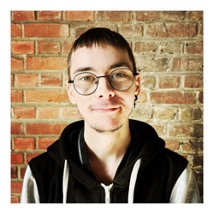
Fanny: I passed my general baccalaureate in 2022. For personal reasons, I didn’t start studying at the end of secondary school. In January 2023, I joined the Mission Locale for the CEJ. They helped me to fine-tune my career plan, which involved going back to school. My main hobby is looking after my four cats. I love reading, especially manga.
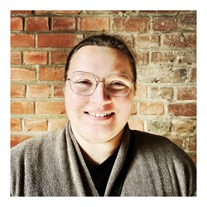
Q: What made you take part in the Storytooling project?
Matthieu: I asked my advisor to put me on the project. I’m not a history buff, but I’m interested in learning about the history we have and a bit about photography.
Fanny: I’ve always been interested in history and heritage. My advisor advised me to come to the introductory meeting in September. I liked both of them, but I was more interested in Storytooling, so that’s the only project I stuck with.
Q: How did you find the project?
Fanny: It was interesting from start to finish. There was a lot of participation in the sessions, and that was a plus compared with the other local mission projects, where I think you’re more likely to listen than participate. The opportunity to visit places was interesting, I felt like I was on a little field trip.
Matthieu: I agree with Fanny. Most of the places I visited were the first time I’d been there, because where I live it’s much harder for me to get there. Lewarde, 9-9bis was new to me.
Fanny and Matthieu: The step-by-step methodology in design allowed us to anchor ourselves in the project. Moving forward a little at a time allows us to think things through, to take our own look at the project and ourselves.
Q: How did you tackle the question of heritage during the project? What role did artistic practice play?
Fanny: I discovered photography and its techniques through Jean-Michel … I’m not much of a photographer … Thanks to the techniques I’ve learnt, I take better photos now, I think. Photography gives you a new perspective on what’s going on around you, because you pay more attention to your surroundings. It’s a great way to discover our heritage.
Matthieu: You can see more detail.
Fanny: You discover more things. For example, during the Marathon, at the station opposite, with Chérine, we realised that there was a coat of arms on the house, even though we walk past it every day during our sessions.
Relationship with heritage
Fanny: My relationship with heritage was very much based on my basic knowledge at school. I went to museums a bit, but more during the summer holidays with my parents. I was aware that heritage (heritages) was varied because of my SES classes.
Matthieu: In almost a year, we discovered more about the heritage of Lens than we’d been able to learn at school. I was more interested in going on nature walks. I was aware of the variety of heritage because of my management courses.
Fanny: We didn’t learn so much about mining heritage at school. But our environment reminds us of it. I know that mining has a global impact, coal is still used in Germany and the Nord Pas-de-Calais was one of France’s major coal producers.
Matthieu: My parents lived in a mine house for over 20 years. My grandmother lives in a mine house and my mother grew up there. I was aware of the world heritage, but not that there were so many mining sites grouped together.
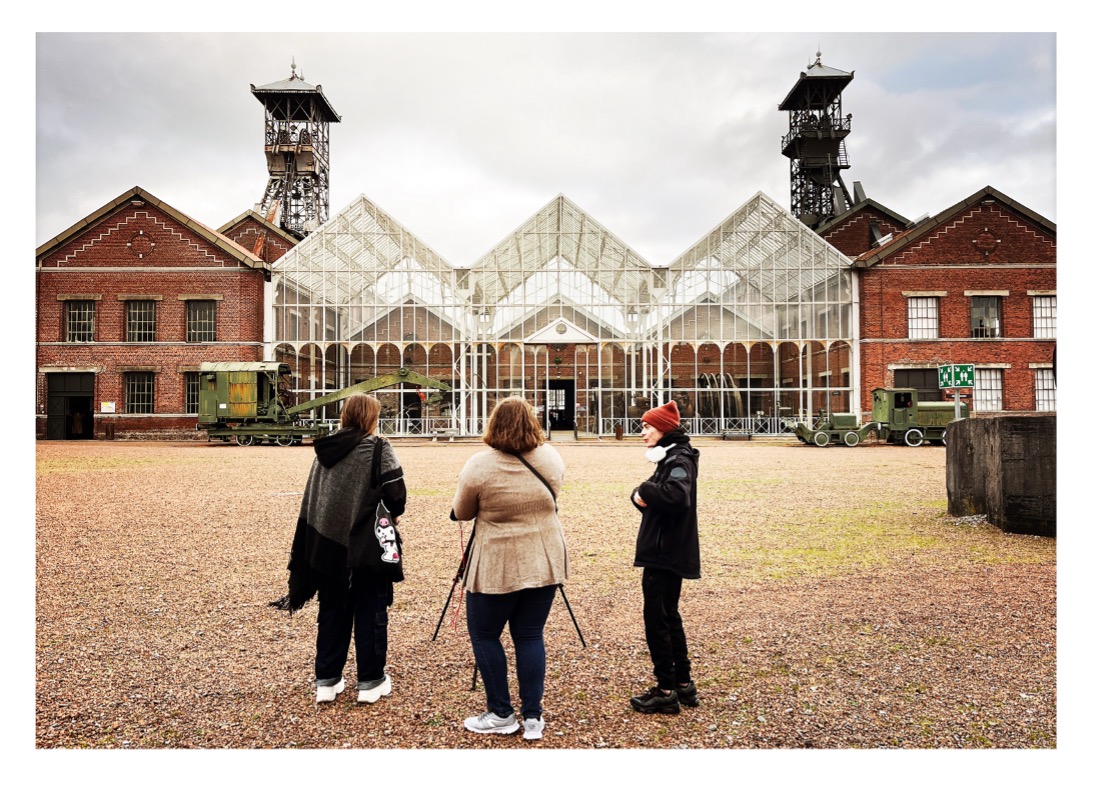
Q: Do you think this project has helped you to develop personally and professionally? If so, how? How will you use your experience in your future career or studies?
Fanny: We’re told that we’re not the most enlightened generation, but that’s not necessarily true. During the project, that wasn’t the case. I value the project because it instilled in me working principles: organisation and teamwork. Getting on well together is crucial to bringing out the best in everyone. Personally, it gave me a taste for work and allowed me to escape from my daily routine. As part of my application to train as a librarian, towards the end of the interview I thought of mentioning my involvement in Storytooling. I said that it helped me to organise myself better, to work as part of a team. It opened up my critical mind.
Fanny has been accepted and will start training in September 2024.
Matthieu: I’m going to try and find a training course for electricians. I’m going to present Storytooling clearly as a 9-month work experience. I worked on a really good project with people who … even though we’re young people who are a bit ‘beta’ … you had the vision to teach us the principles of work. It enabled me to get away from my daily routine. Nowadays, we’re better able to work.
Matthieu started training at the beginning of August.
Q: What would you say to future young people to convince them to join in the adventure of the next marathon?
Matthieu: Come and sign up! It’s going to take you out of your everyday life. It’s an incredible experience, which could give them a sharper critical sense. The people behind the project will take your comments to heart and turn them into something constructive. Which is much more rewarding. People end up taking an interest in the project even if they didn’t at the start.
Fanny: Go for it, test it, make up your own mind. It’ll boost your self-esteem, because what you say has an impact and it leads to something concrete. They’ll be able to make new friends, get contacts for later on, discover the profession of photographer. They’ll get something positive out of it if they’re interested.
Thank you.
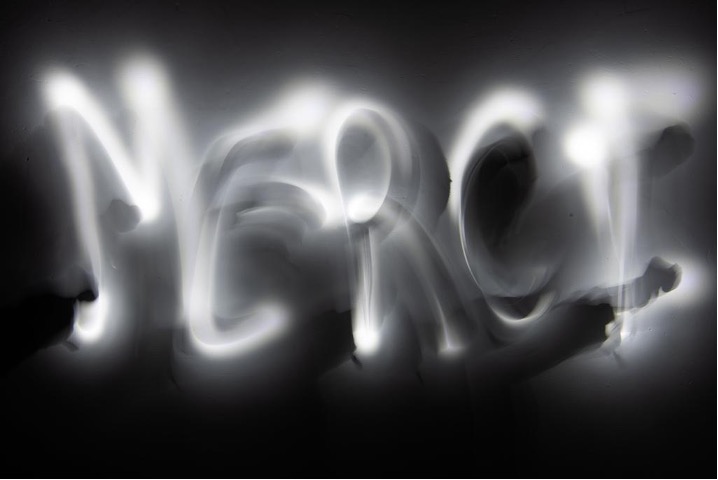
Q: What would you have liked to see or do more of? What improvements would you recommend?
Matthieu: What would have been good is to meet other professions. For example, Jean-Michel did the participants’ booklet. It would have been good to meet a graphic designer with whom we could have discussed his work and the booklet. We could also have met some designers.
Fanny: It could have given us ideas for the booklet and for the group, they could have discovered this profession. For photography, there was enough practice (half a day or a day of practice out of our 2 monthly days). As for the duration, sessions were held every fortnight maximum to allow time for other activities and reflection, without being overloaded.
Photo credits: © JEAN-MICHEL ANDRÉ
